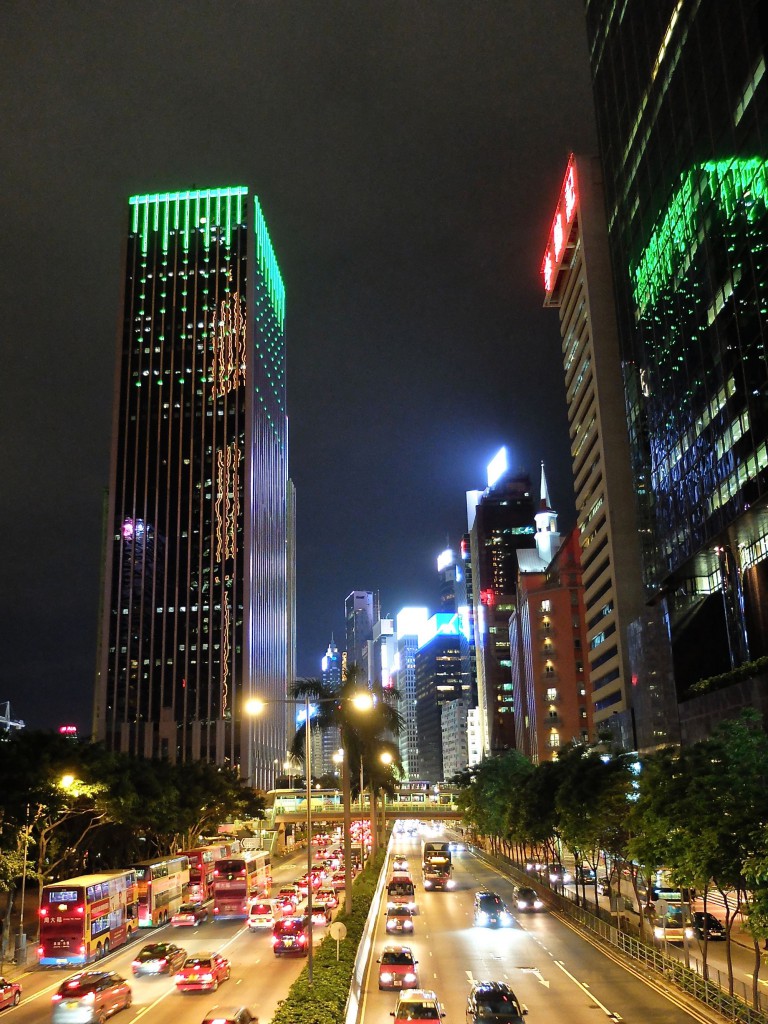

I think it's the way the city government handle and setup some regulation to make their city look clean and fresh.ĭon't you think HK need to make a law and new government section to maintain the city look? Or make 5 years campaign to clean the downtown area, including all old apartment buildings for free. Singapore is also in the tropical place but it look clean, new and fresh. Paris and London look very clean too, if we consider the buildings and street age. There's many very very old building and street in Europe, but it look far clean and fresh compare with HK downtown. Isn't HK government need to makeover this place? Like Old Highway in Seoul, replaced with an artistic river. HK center is a concrete jungle and it's getting old day by day. Old, dirty and low taste of shop billboard. The last time I go to Taipei and Taichung, I found Taiwan cities is like HK too. Why HK can't achieve like Japanese high taste of shop billboard?ĭo you think HK need to reform their street level city look into very modern, futuristic, and artistic look? Even beyond what Japan can do? Redesign old place like in Seoul old Highway into new modern artistic river.Īnd HK taste with shop billboards look like in 70 era style (people call it as very China), if we compare with shop billboard in Japan cities. Why HK government never make a campaign to clean the street and replacing all old street stone to became new? Isn't HK government has a lot of money? They can spend some of it to improve the city look, hired worker from China Mainland while the labor cost is still low. The street, sidewalk and street accessories is old, dark and look very dirty. The old buildings in HK look never been cleaned for decades. If I saw in HK photos and Japan cities photos in this forum, HK look a bit dirty and old. Research and Practice in Intellectual and Developmental Disabilities, 1, 160–173.I have a question. A systematic review of interventions for improving the work performance of direct support staff. Applying behavior analysis in organizations: organizational behavior management. Employer-reported workplace injuries and illnesses: 2016 (No. Bureau of Labor Statistics (2017, November 9). Journal of Organizational Behavior Management, 29, 69–79. Swimming pool hygiene: self-monitoring, task clarification, and performance feedback increase lifeguard cleaning behaviors. Behavioral staff management in human services: behavioral research and application. Journal of Organizational Behavior Management, 19, 83–114.

An objective review of the Journal of Organizational Behavior Management: 1986–1997. Retrieved from file:///D:/St.%20Cloud/ Courses/697%20Intership/Project%202/Articles/Safety/NSC_InjuryFacts2015Ed.pdf.

Journal of Applied Behavior Analysis, 21, 65–71.

Task clarification, performance feedback, and social praise: procedures for improving the customer service of bank tellers. CDC childhood injury report: patterns of unintentional injuries among 0–19 year olds in the United States, 2000–2006. Behavior Analysis in Practice, 6(1), 16–32.Ĭenters for Disease Control and Prevention. An assessment-based solution to a human-service employee performance problem: an initial evaluation of the performance diagnostic checklist–human services. A., Majdalany, L., Mathisen, D., & Strain, L. Journal of Applied Behavior Analysis, 21, 3–29.Ĭarr, J. An objective review of the effectiveness and essential characteristics of performance feedback in organizational settings (1985–1998).


 0 kommentar(er)
0 kommentar(er)
